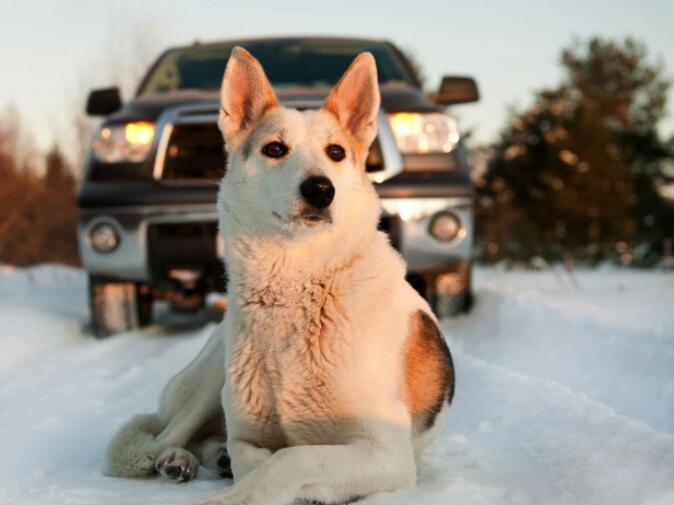A dog can be an incredible addition to any home, bringing joy and companionship. However, whether you are a seasoned pet owner or a first-time adopter, prioritizing your furry friend’s health and happiness is crucial. This guide offers valuable advice for all dog parents.
Adoption should always be the first option when considering bringing a new dog into your life. We encourage you to explore our directory of adoptable dogs in your area or visit our ‘Find a Shelter’ page to begin your search.
Feeding your dog appropriately is essential for their health. Puppies aged eight to twelve weeks require four meals a day, while those three to six months old need three meals daily. Once they reach six months to a year, two meals per day suffice. After their first birthday, one meal daily is typically sufficient. However, larger breeds or those prone to bloat may benefit from two smaller meals. Premium-quality dry food provides a balanced diet, which can be mixed with water, broth, or canned food. While dogs may enjoy cottage cheese, cooked egg, or fruits and vegetables, these should not exceed ten percent of their daily intake. Always ensure clean, fresh water is available, and maintain hygiene by frequently washing food and water dishes.
Exercise is vital for dogs to burn calories, stimulate their minds, and stay healthy. The amount of exercise needed varies depending on the breed, sex, age, and health level. Regular activities help prevent boredom, which can lead to destructive behaviors.
Grooming is another important aspect of responsible dog ownership. Regular brushing helps keep your dog clean and reduces shedding. During warm weather, check for fleas and ticks daily. Most dogs only require bathing a few times a year. Before bathing, remove all mats from the coat. Ensure all soap is rinsed out, as dirt can stick to soap residue.
When handling your dog, whether a puppy or a fully-grown adult, it’s crucial to lift them correctly to avoid injury. For puppies or small dogs, place one hand under their chest, supporting their hind legs and rump with your forearm or other hand. For larger dogs, lift from the underside, supporting their chest with one arm and their rear end with the other.
Your pet needs a warm, quiet place to rest, away from drafts and off the floor. A training crate or dog bed with a clean blanket or pillow inside is ideal. If your dog spends a lot of time outdoors, ensure they have access to shade and cool water in hot weather, and a warm, dry, covered shelter in cold conditions.
Follow your community’s licensing regulations and attach the license to your dog’s collar. An ID tag and implanted microchip or tattoo can help secure your dog’s return if they become lost.
Daily inspections for fleas and ticks during warm seasons are important. Use a flea comb to find and remove fleas. Consult your veterinarian about flea and tick control options.
Never give your dog medication without a veterinarian’s prescription. If you suspect your animal has ingested a poisonous substance, contact your veterinarian or the ASPCA Animal Poison Control Center.
Female dogs should be spayed and male dogs neutered by six months of age. Vaccinations are also crucial for your dog’s health.
Finally, ensure you have all necessary supplies, including premium-quality dog food and treats, food and water dishes, toys, grooming tools, a collar with license and ID tag, a leash, a carrier for smaller dogs, a training crate, a dog bed, and a toothbrush.
When outside, keep your dog on a leash unless in a secured, fenced-in area. If your dog defecates in a public place, please clean it up. By following these guidelines, you can ensure a happy, healthy life for your canine companion.









